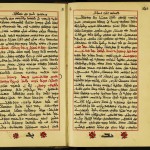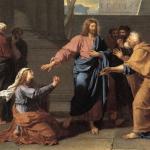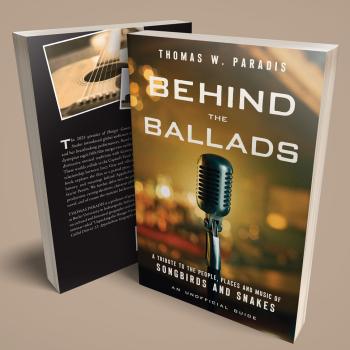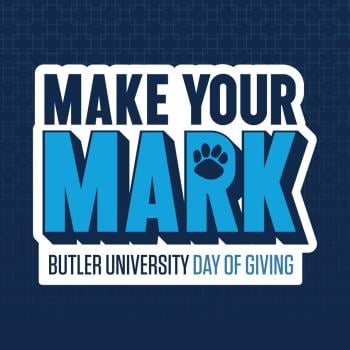Mormonism and SF
Special Issue of SFRA Review, vol. 51, no. 3, Summer 2021
Edited by Adam McLain
Background
Since its inception in the early nineteenth century, Mormonism has shot for the stars. With angelic visitors, planetary afterlives, and astronomical texts written by ancient patriarchs, the theology and history of Mormonism is ripe for analysis and criticism through the lens of SF. In addition to the beliefs, practitioners of the religion—the largest denomination of which is formally known as The Church of Jesus Christ of Latter-day Saints with various smaller sects that use or engage with the same history and scriptures—have been and remain actively involved in the history and growth of SF. From staple science fiction authors like Orson Scott Card to contemporary authors like Brandon Sanderson and Shannon Hale, the genre has been shaped and will continue to be shaped by those who are practitioners and those who are adjacently connected to Mormonism broadly.
Submissions
SFRA Review seeks essays of c. 2,000-3,000 words for a special issue interrogating, analyzing, and critiquing the intersections of Mormonism and SF, where SF and Mormonism are understood in their broadest and most inclusive senses.
Submission should address but are not limited to:
• Early Mormonism and 19th century SF
Examples: Parley P. Pratt’s “A Dialogue between Joseph Smith and the Devil”, Nephi Anderson’s “Added Upon”
• Mormonism and Latter-day Saints/Mormons represented in SF
Examples: The Expanse (Spaceship Nauvoo), Starcraft (Zarahemla Starport and Helaman Colony in Tracy Hickman’s Speed of Darkness), Battlestar Galactica, Angels in America
• SF texts by Mormon/Latter-day Saint authors
Examples in Literature: Orson Scott Card, Brandon Sanderson, Shannon Hale, D. J. Butler, Stephenie Meyer, James Dashner, Ally Condie, Brandon Mull, Chris Heimerdinger, Jessica Day George, Obert Skye, J. Scott Savage, Aprilynne Pike, David Farland/Wolverton, Tracy Hickman, Charlie N. Holmberg, Dan Wells, Howard Tayler, Richard Paul Evans, and more.
Examples in other media: Glen A. Larson (Battlestar Galactica), Justin Santistevan (Dragon Prince), Sanderson board games (The Reckoners; Mistborn: House War; Call to Adventure: Stormlight Archive), Mormon versions of classic board games (Settlers of Zarahemla, Count Your Blessings Monopoly, Missionary Risk, Trek to Zion), Sandy Petersen (a creator of Doom), and more.
• History of Mormon fantasy and science fiction institutions
Examples: The Life, the Universe, and Everything Symposium; Leading Edge Magazine
• Mormon theology as SF
Examples: Planetary afterlives, angelic visitors, astronomy in the Book of Abraham, Saturday’s Warrior
For further reading on this topic, to help shape and springboard ideas, the editor suggests reading:
Michael R. Collings, “Refracted Visions and Future Worlds: Mormonism and Science Fiction,” Dialogue
Liz Busby’s recent five-part series on Mormon speculative fiction for the Association for Mormon Letters
Abstracts of c. 250 words and short author bios should be submitted by email to the special issue editor Adam McLain at [email protected] using the subject line “Mormonism and SF Submission / Name Surname” by March 1, 2021.
Abstracts should clarify how the essay will engage with the intersections of Mormonism and SF, but prospective authors are encouraged to be creative in their approach to the questions raised by this special issue of SFRA Review. Authors will be notified of acceptance (or rejection) within two weeks.
If you are interested in writing an article for the special issue and would like to discuss it with the editor before submission of the abstract, please do so.
Accepted drafts of 2,000-3,000 words will be due in mid-May and should be prepared in MLA stylewith a Works Cited in MLA 8th edition. A full project timeline is listed below.
Timeline
March 1, 2021 = Abstracts due
March 15 = Authors notified of acceptance
May 15 = Drafts due to editor
June 15 = Edits on drafts returned to authors
July 15 = Second/Final draft due to editors
Early August = Publication of special issue in SFRA Review 51.3













